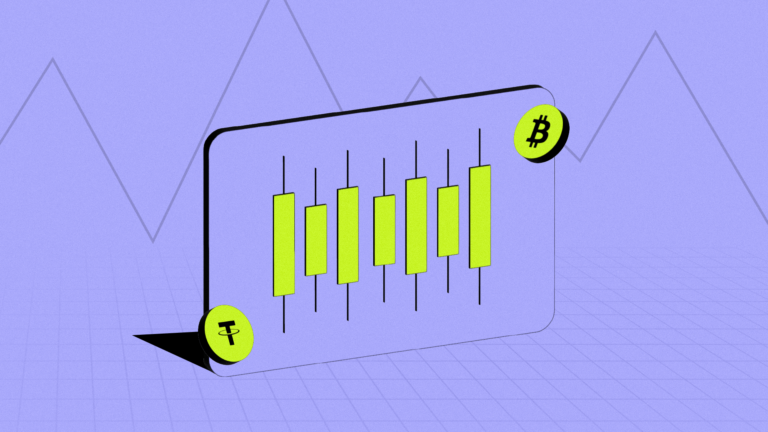Ethereum’s evolution towards Proof of Stake (PoS) and the implementation of sharding constitute pivotal elements of its Ethereum 2.0 overhaul. PoS diminishes energy usage by substituting miners with validators, selected to forge new blocks based on their staked ETH quantity.
Concurrently, sharding amplifies transactional velocity by segmenting the Ethereum network into smaller fragments (shards), each capable of autonomously handling transactions and smart contracts. The transition from PoW to PoS facilitates secure and effective sharding by randomly assigning validators to specific shards, thwarting manipulation and augmenting performance.
The Ethereum Cancun upgrade marks a significant stride in the Ethereum blockchain, aiming to reinforce the network’s scalability, security, and overall efficacy. This upgrade introduces the concept of proto-dank sharding, a crucial move toward refining data management and enhancing transaction affordability within the Ethereum ecosystem.
By harnessing innovative data storage methodologies, the Ethereum Cancun upgrade is poised to transform how the network executes transactions, paving the way for a more user-friendly and seamless experience.
Ethereum Cancun Upgrade: A game-Changing Upgrade
The Ethereum Cancun upgrade, also recognized as the “Cancun-Deneb” upgrade, is a coordinated initiative by Ethereum aimed at fortifying its infrastructure and tackling lingering issues subsequent to the Shanghai upgrade.

Comprising five Ethereum Improvement Proposals (EIPs) – EIP-4844, EIP-1153, EIP-4788, and EIP-6780 – the Cancun upgrade’s implementation of these EIPs promises manifold advantages. These include augmented scalability, improved data storage and accessibility, and diminished transaction expenses.
Centering primarily on optimizing the execution layer (Layer 1), the Cancun upgrade readies the network for the future incorporation of complete data sharding, a pivotal element in Ethereum’s protracted development strategy.
Sharding, involving the division of a blockchain database into smaller fragments termed shards for heightened efficiency, is specifically introduced in the Cancun upgrade through a variant known as proto-dank sharding (elaborated upon below).
The objective of the Cancun upgrade revolves around boosting the network’s transactions per second (TPS), aligning with Ethereum’s roadmap phase titled “Surge,” with the aim of scaling performance to over 100,000 TPS.
Representing a significant milestone in Ethereum’s progression towards establishing itself as a premier decentralized finance platform, the Cancun upgrade – coupled with the subsequent Deneb upgrade – carries substantial significance.
Danksharding & Proto-Danksharding
Danksharding and its precursor, proto-danksharding, represent distinct evolutionary stages within the development of Ethereum’s sharding technology. Danksharding, named in homage to Ethereum researcher Dankrad Feist, signifies the culmination of the Ethereum 2.0 (Serenity) upgrade, specifically focusing on optimizing data availability for rollups within the Ethereum network.

From a technical standpoint, danksharding introduces the merged market fee concept. Unlike traditional sharding, which involves different blocks and block proposers for each shard, dank sharding features a singular block proposer. Put simply, dank sharding aims to improve transaction processing efficiency and streamline data storage by simplifying the sharding architecture and placing a greater emphasis on data management.
Within the imminent upgrade framework, proto-dank sharding (as introduced by EIP-4844) acts as a prototype or interim solution for dank sharding. Its purpose is to notably decrease gas fees linked with rollups, serving as a temporary measure before the full integration of the dank sharding structure.
Blob-Carying Transactions: These were implemented concurrently with proto-dank sharding (EIP-4844) to mitigate gas fees. Such transactions enable the temporary storage and retrieval of off-chain data, providing a more economical method to append additional data to Ethereum transactions.
Pros of the Ethereum Cancun Upgrade
As previously discussed, the Ethereum Cancun upgrade brings forth a spectrum of advantages, encompassing accelerated transaction processing, diminished transaction expenses, refined data administration, and enhanced cross-chain correspondence.
Through the introduction of blob-carrying transactions, the upgrade seeks to simplify data processing and elevate the overall efficiency of the network.
▪️ Enhanced Scalability: Proto-danksharding introduces transient data storage capability, enabling Layer 2 rollups (and the entire network) to handle a greater number of transactions per second.
▪️ Decreased Transaction Expenses: Blob-carrying transactions enable the incorporation of supplementary data into Ethereum transactions in a more cost-efficient manner.
▪️ Streamlined Data Management: EIP-1153 will streamline block space and curtail on-chain data storage costs.
▪️ Improved Inter-Chain Communication: EIP-4788 aims to enhance interoperability among distinct blockchain networks by exposing the Beacon chain to execution layers.
▪️ Heightened Security: EIP-6780 will mitigate the risk associated with smart contract termination by disempowering the SELFDESTRUCT code, thereby fortifying the security of user data and assets.
Possible Risks Associated with the Ethereum Cancun Upgrade
The Ethereum Cancun Upgrade poses potential risks, particularly concerning its potential effects on current smart contracts and the complexities associated with integrating novel data storage methods. Extensive testing and meticulous consideration are imperative during the implementation stage to guarantee a seamless transition for all parties involved.
Ethereum Cancun Upgrade Launch Date
Although a precise date hasn’t been revealed for the Ethereum Cancun-Deneb upgrade, its launch is expected within the initial half of 2024. As the network undergoes thorough testing and optimization, the Ethereum community is eagerly awaiting the official release, envisioning a significant transformation in how Ethereum processes transactions and handles data within its ecosystem.
Conclusion
The Dencun upgrade for Ethereum marks a substantial stride in enhancing Ethereum’s scalability, efficiency, and user interaction. With the introduction of proto-danksharding and the establishment of a foundation for forthcoming developments, this upgrade is poised to elevate the landscape of decentralized finance and blockchain technology.
To learn more about Ethereum Cancun Upgrade, go check out SunCrypto Academy.
Disclaimer: Crypto products and NFTs are unregulated and can be highly risky. There may be no regulatory recourse for any loss from such transactions. All content provided is for informational purposes only, and shall not be relied upon as financial/investment advice. Opinions shared, if any, are only shared for information and education purposes. Although the best efforts have been made to ensure all information is accurate and up to date, occasionally unintended errors or misprints may occur. We recommend you do your own research or consult an expert before making any investment decision. You may write to us at [email protected].





